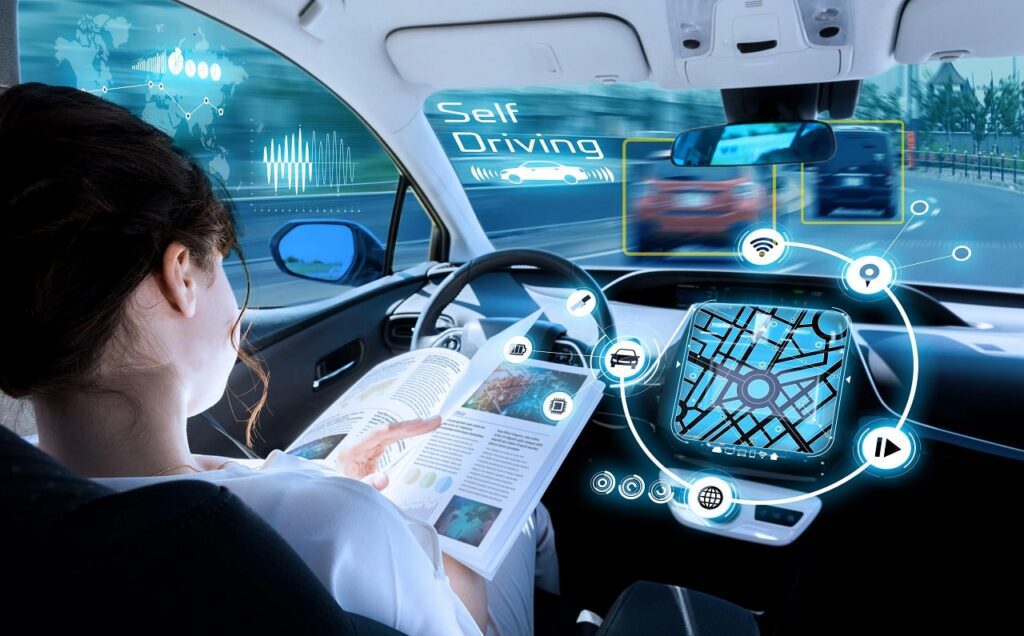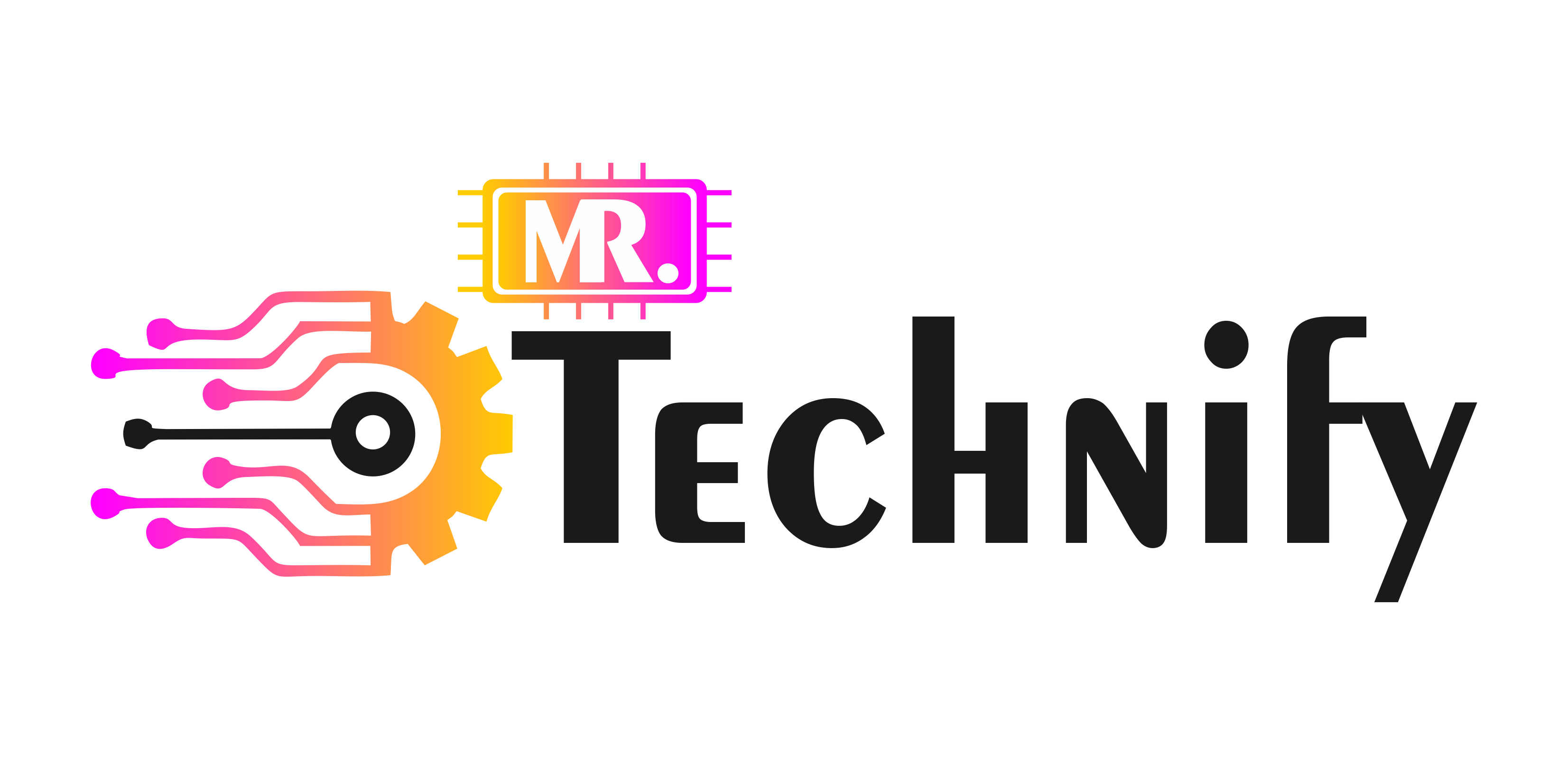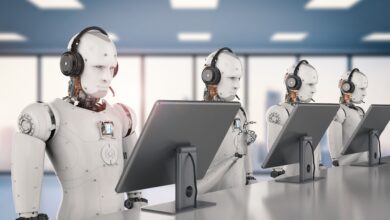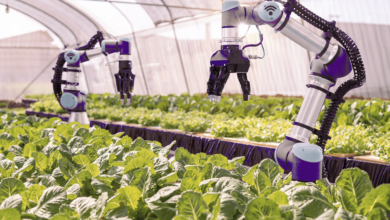The evolution of AI in automotive industry marks a significant shift from traditional vehicle design and manufacturing to a more sophisticated, tech-driven approach. The industry is now at a juncture where AI’s influence extends beyond production lines to shape the very experience of mobility.
The Role of AI in Vehicle Design and Manufacturing
AI’s foray into vehicle design has enabled the creation of models that marry form and function in unprecedented ways. These AI-driven designs prioritize aerodynamics, energy efficiency, and safety, making cars aesthetically appealing and performance-oriented. In the manufacturing arena, Artificial Intelligence has revolutionized production lines. AI optimizes assembly processes through machine learning algorithms and robotics, reducing human error and increasing efficiency. This section highlights how AI is redefining the standard for vehicle design and streamlining manufacturing processes to meet the demands of modern consumers.

-
The Dawn of Autonomous Vehicles: AI’s Frontline Technology
Autonomous vehicles, the most prominent symbol of AI’s influence in the automotive sector, represent a significant leap in transportation technology. These vehicles, equipped with advanced sensor arrays, rely on AI to process vast quantities of data in real time, making decisions that were once the sole purview of human drivers. This section examines the intricate sensor technology, the sophisticated data processing capabilities of AI, and the challenges and considerations in safety and regulatory compliance that come with autonomous vehicles.
-
Predictive Maintenance: AI’s Proactive Approach
AI is changing the game in vehicle maintenance. Traditional reactive maintenance models are being replaced by AI-driven predictive maintenance. This technology anticipates potential issues before they become problems, scheduling maintenance at optimal times to prevent breakdowns and extend vehicle lifespan. This segment explores how AI’s predictive analytics benefits manufacturers and consumers by reducing downtime, saving costs, and enhancing vehicle reliability.
-
AI Optimizing Automotive Supply Chain Management
The automotive supply chain, a complex and crucial industry component, has been significantly optimized with AI. AI tools in supply chain management help in accurate inventory forecasting, efficient route planning, and overall logistics management. This part of the article discusses how AI contributes to streamlining the supply chain, resulting in cost savings and improved time management for automotive companies.
-
Enhancing the Driver Experience Through AI
AI is not just about the mechanics of the car; it’s also transforming the driver’s experience. AI is making driving more enjoyable and convenient, from personalized in-car environments to voice-activated control systems. This section explores how AI personalizes the driving experience by adjusting settings to individual preferences and allowing drivers to interact with their vehicles in intuitive and futuristic ways.
-
AI in Urban Traffic Management and Smart City Integration
AI’s applications extend beyond individual vehicles to the broader context of urban traffic management and smart city integration. AI systems optimize traffic flow, reduce congestion, and work with intelligent city infrastructures to create more efficient and sustainable urban environments. This part examines how AI is instrumental in developing intelligent transportation solutions that are crucial for the future of urban living.

-
Navigating Challenges: Ethical Considerations and AI
The rapid integration of AI in automotive industry brings to light several challenges, particularly in data privacy, security, and ethical AI usage. This section addresses these challenges, discussing the importance of responsible AI development and implementation and the need for industry-wide measures and regulations to ensure ethical AI practices in the automotive sector.
The Future Roadmap of AI in Automotive Industry
As we look to the future, AI in automotive industry is poised for even more significant expansion. Emerging technologies and innovations promise to revolutionize the automotive landscape further. This final section explores the potential future developments in AI in automotive industry, forecasting the trends and technological advancements that will shape the future of transportation.
Conclusion
AI in automotive industry represents a transformative leap forward, influencing every aspect, from manufacturing to the end-user experience. Understanding and adapting to these advancements will be essential for industry players, consumers, and policymakers as technology evolves.
FAQs for AI in Automotive Industry
Does AI in vehicles have environmental benefits?
Yes, AI contributes to environmental sustainability by optimizing fuel efficiency and enhancing route planning, leading to reduced carbon emissions and promoting eco-friendlier driving practices.
What are the primary challenges of integrating AI in the automotive sector?
The integration of AI in automotive faces challenges such as ensuring data privacy, adhering to evolving regulatory frameworks, and addressing ethical concerns related to autonomous decision-making.
How does AI impact the automotive supply chain?
AI revolutionizes the automotive supply chain by improving accuracy in demand forecasting, optimizing inventory management, and enhancing logistics efficiency, thereby reducing costs and improving overall operational effectiveness.
What future innovations are anticipated from AI in the automotive industry?
Future innovations in AI for the automotive industry include advancements in fully autonomous driving technologies, enhanced vehicle-to-everything (V2X) communication systems, and further personalization of the driving experience through AI.
Rate our article (AI in Automotive Industry | The Dawn of Autonomous Cars)How much do you like our article?








